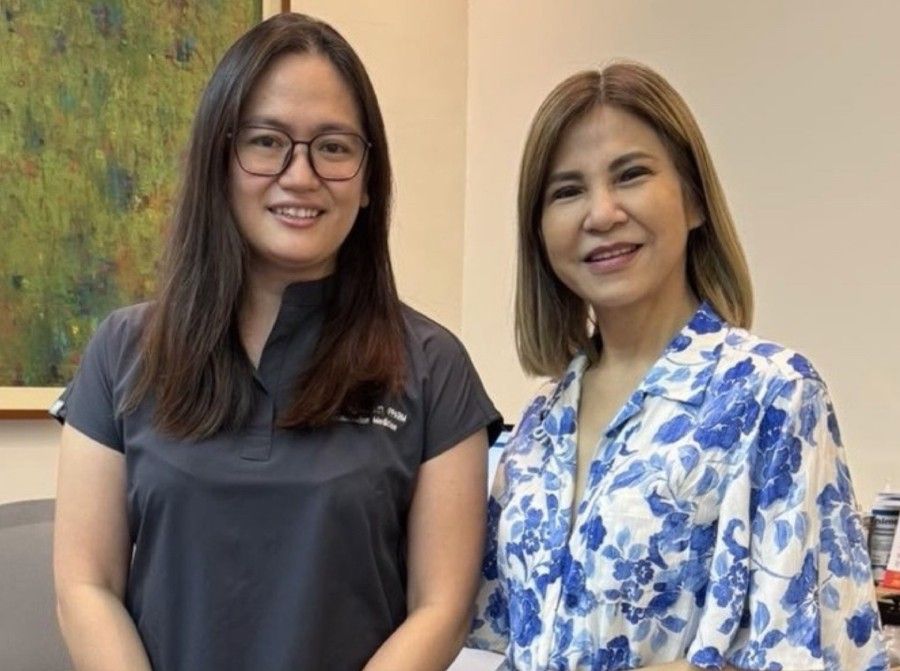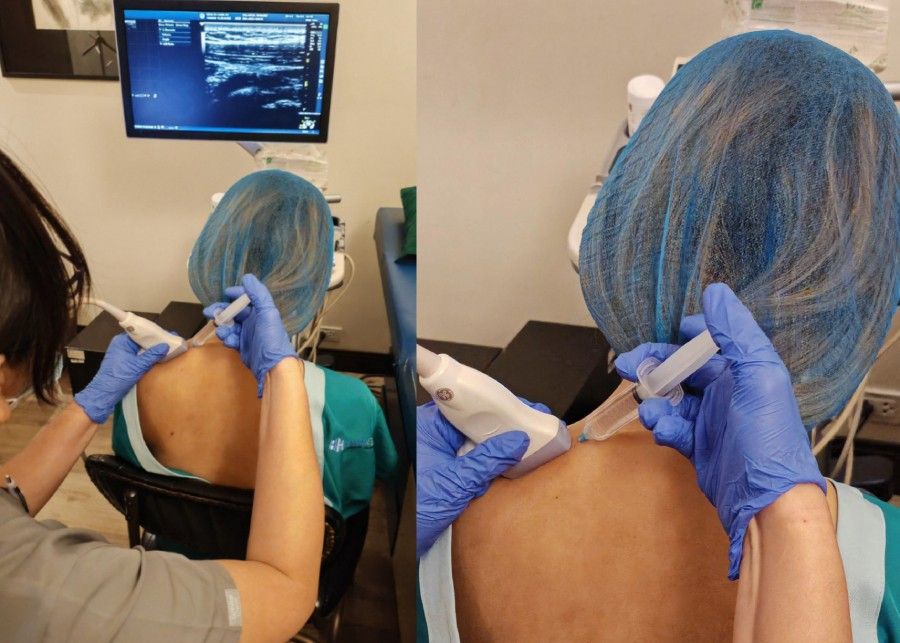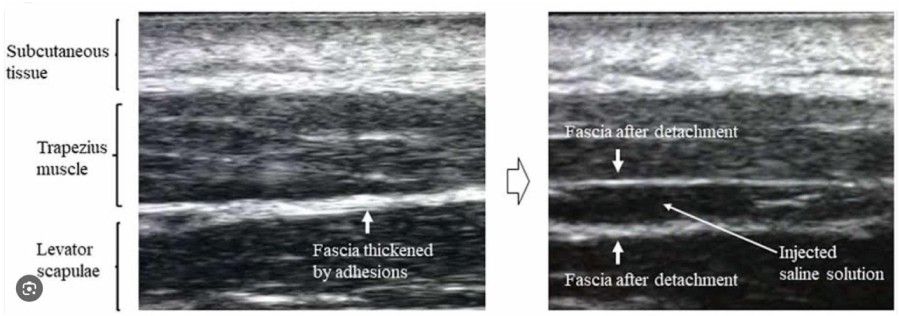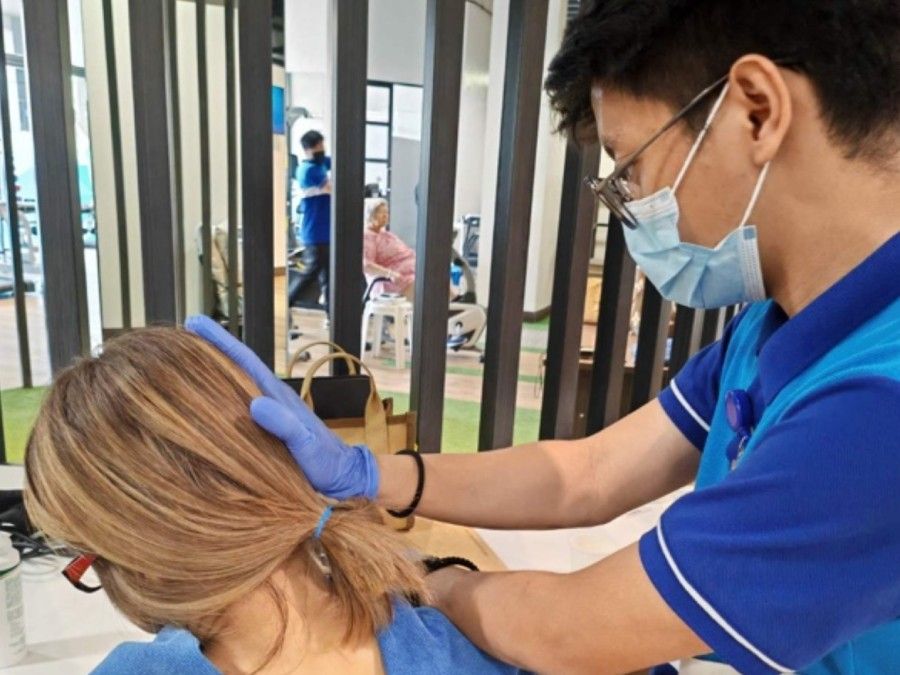
Upgrade to High-Speed Internet for only ₱1499/month!
Enjoy up to 100 Mbps fiber broadband, perfect for browsing, streaming, and gaming.
Visit Suniway.ph to learn
Back, spine and neck pain are common but often overlooked health concerns among Filipinas. Many dismiss them as mere discomforts from daily activities. Some merely dismiss it as a part of growing old. Yet these conditions can become debilitating if left untreated. It’s our biology as women, and our lifestyle and biological makeup that put us at greater risk. As we celebrate Women's Month this March, let's encourage each other to take care of ourselves and to not disregard the pain we feel.
One of the most important parts of the advocacy for women’s rights is to make accessible for every woman the right, safe and effective ways they can protect their health. Let's explore the incidence of these conditions, why they shouldn’t be ignored, the consequences of worsening pain, and how to prevent and manage them effectively.
Women helping women
Back pain is something that I suffer through as well. Like many women, I tend to ignore it and hope it goes away as I fulfill my duties as a mother, a wife, and a media professional. But the pain can be truly unbearable, and we do not have to endure this weight every day. My quest to find the best solution to chronic back, spine, and neck pain led me to Rehabilitation Medicine specialist, Dr. Lauren Anne Liao of Health Cube Medical Clinics.
When I asked her about the most common causes of back, spine, and neck pain in women and how we can prevent them, she explained that muscle strains caused by overuse, overstretching, and overload are the most frequent culprits.
Daily habits like carrying heavy bags or lifting children also take a toll on spinal health over time. Poor lifting or carrying techniques can put undue stress on the spine or lower back, which, over time, may cause myofascial pain syndrome. This condition results in 'trigger points' or muscle knots forming, which we Filipinos commonly call 'lamig.'
I then asked her at what point one should seek medical attention instead of just managing pain at home. Dr. Liao emphasized that there are 'red flags' to watch out for. If back or neck pain starts to cause sleep disturbances, affects posture, radiates throughout the spine, results in persistent numbness and weakness, or does not respond to medication, it is time to seek professional help.

Dr. Lauren Anne Liao (right) says correct carrying techniques, if applied to our daily activities, mean a lot in preserving muscle and bone health.
If left untreated, back and neck pain can worsen. Dr. Liao warned that degenerative changes to the muscles and disc bulges may develop. Unfortunately, many women tend to endure pain for too long, which she strongly advises against.
To help strengthen the back and prevent chronic pain, she highlighted the importance of practicing proper back mechanics and carrying techniques in all activities – whether at home, at work, or while traveling.
My journey to relief
Like most women, I have experienced recurring back and shoulder pain, often from carrying heavy bags daily. My responsibilities as a multimedia journalist, broadcaster, and producer, combined with duties at home, have taken a toll on my spine. The pain had been manifesting for a while, but, as many of us do, I disregarded it until it became unbearable. When I finally sought treatment, I found relief through Dr. Liao's expertise.

I tried the hydrorelease procedure Dr. Lauren Liao recommended and the relief was immediate and effective!
Dr. Liao performed an ultrasound-guided hydrorelease, a procedure where fluid such as saline or dextrose water is used to separate muscle fascia, allowing the muscles to move more freely. She explained, "this technique works by breaking up adhesions in the muscles that have been strained, making movement easier and less painful."
In addition to hydrorelease, she also applied wet and dry needling, targeting trigger points, nodules, and muscle taut bands. "The goal of needling is to disrupt the muscle spasms and induce relaxation," Dr. Liao shared. "For chronic upper and lower back problems, particularly when physical therapy and medications do not provide sufficient relief, these treatments can make a significant difference."
What amazed me most was the immediate effect. Compared to the twelve sessions of physical therapy I had undergone, the hydrorelease offered instant relief. I was pleasantly surprised at how the tension in my muscles eased right after the procedure. Dr. Liao, however, emphasized that hydrorelease is not a stand-alone treatment.
"This is usually an adjunct to physical therapy because exercises such as stretching and strengthening of the muscles are also a vital part of treatment," she said. " To effectively manage back and neck problems, we need to identify the root cause through a thorough history, physical examination, and diagnostics. Conservative treatment, which includes physical therapy, medications, and proper mechanics, is often the first line of management depending on the severity of the condition."

Ultrasound images of the muscle’s relief after the hydrorelease procedure.
Dr. Liao also stressed the importance of proper posture and muscle care in preventing pain from recurring. "Many patients feel relief after treatment, but the key to long-term recovery is maintaining a strong and flexible back. Daily habits play a major role, so making simple adjustments - such as improving posture, using ergonomic chairs, and avoiding heavy bags – can have lasting benefits."
Dealing with the pain
Low back pain (LBP) is the leading cause of disability worldwide, affecting around 619 million people, with women at higher risk. By 2050, the number of people suffering from LBP is expected to rise to 843 million. Neck pain affects approximately 27 in every 1,000 people, with women being more susceptible. Musculoskeletal disorders, including back and neck pain, are among the top causes of disability in the Philippines.
Decreased mobility and loss of function are common consequences of chronic pain. Simple tasks like bending, walking, or sitting for long periods can become difficult. If left untreated, spinal conditions may worsen, leading to muscle weakness and reduced flexibility.
Permanent nerve damage is another risk. Conditions like herniated discs and spinal stenosis can compress nerves, causing numbness, tingling, or even paralysis in severe cases. Prolonged nerve compression can become irreversible, requiring surgery.
There is also an increased risk of falls and fractures. Osteoporosis, which disproportionately affects postmenopausal Filipinas, weakens bones, increasing the likelihood of spinal fractures. Weakened core muscles and poor posture can lead to balance issues, raising fall risks, especially in older women.
Prevention and management
Correct posture and movement are essential. Keeping the back straight while sitting, standing, and lifting objects helps prevent strain. Avoiding slouching when using a phone or laptop and using a backpack instead of a shoulder bag for better weight distribution are small but impactful changes.
Strengthening core and back muscles through targeted exercises such as planks, side planks, and leg raises can significantly improve spinal health. Bird dog and chin tucks help with posture correction, while cable wood chops strengthen the lower back.
Maintaining a healthy lifestyle is also crucial. Keeping a healthy weight reduces spinal strain, wearing supportive footwear prevents misalignment, eating calcium-rich foods helps prevent osteoporosis, and staying active reduces stiffness.
Seeking medical help when necessary is vital. Physical therapy can improve mobility and posture, chiropractic care realigns the spine, and in severe cases, medications or surgical interventions may be required.

Neck pain affects approximately 27 in every 1,000 people, with women being more susceptible. Conservative treatment, like physical therapy, is often the first line of management.
Conservative treatment, like physical therapy, is often the first line of management.
Don’t turn your back on each other
Back, spine and neck pain are more than just discomforts – they can become debilitating conditions that affect daily life, work, and long-term health. Ignoring the pain today can lead to irreversible complications tomorrow.
As we celebrate Women’s Month, let’s put women’s health forward by understanding the causes, taking preventive measures, and seeking early treatment. Let’s help our fellow Filipinas take control of their health, and lead pain-free, active lives.
-----
Follow my social media accounts JingCastaneda: Instagram, Facebook, YouTube, Tiktok and Twitter. Please share your stories or suggest topics at [email protected].

 3 months ago
19
3 months ago
19



